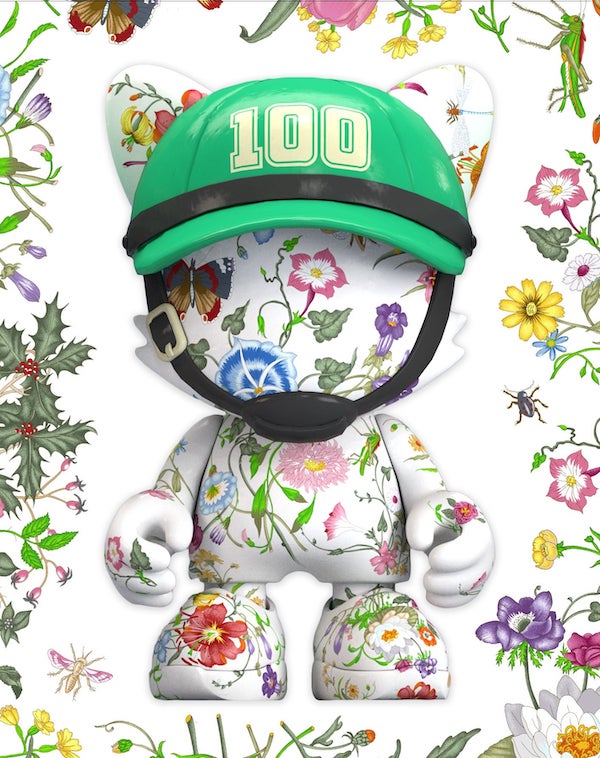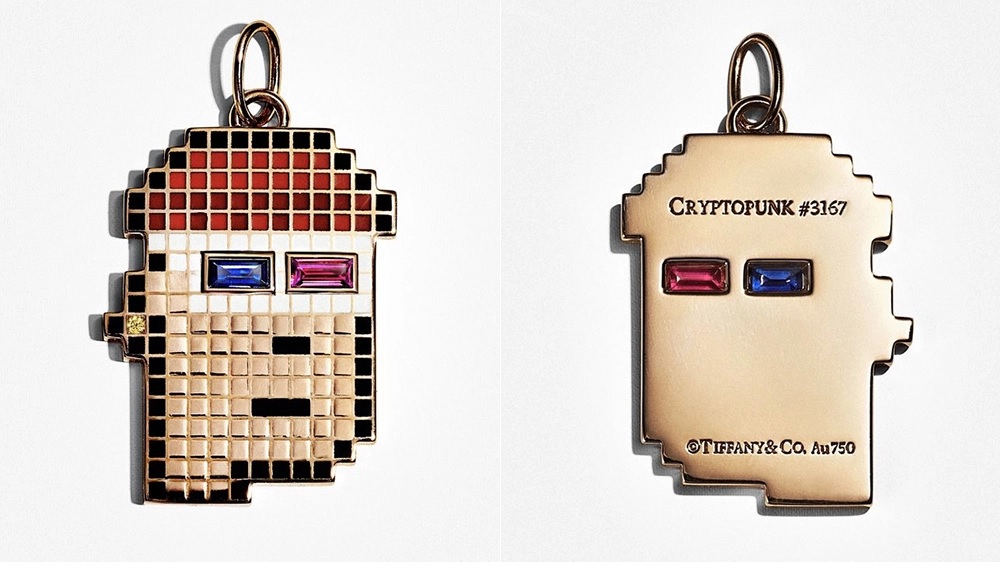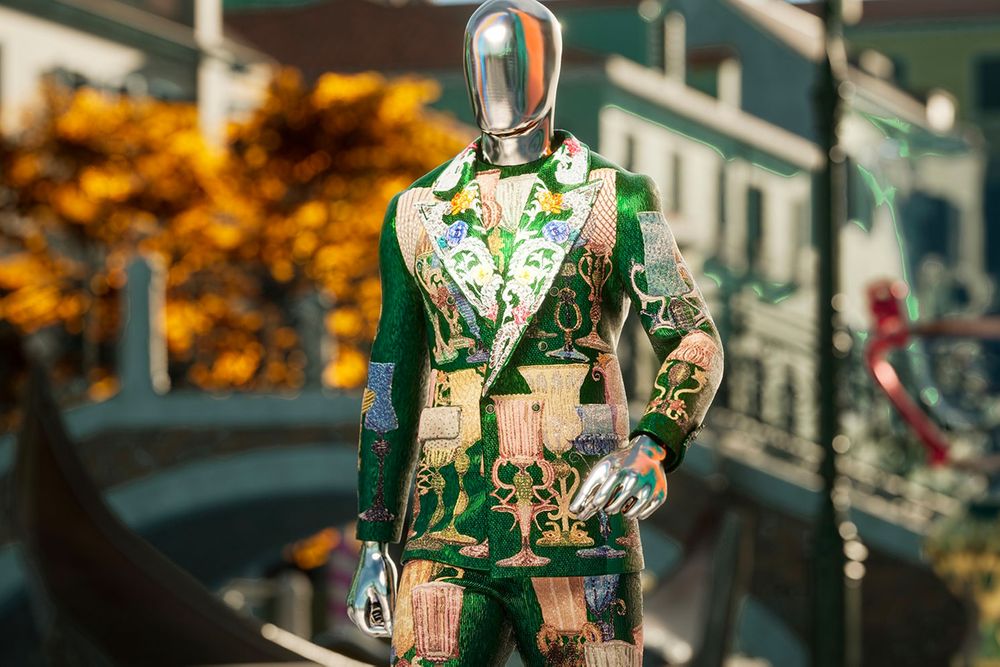When it comes to NFTs, cryptocurrencies and the blockchain technology supporting them, the news is not so great. Trading volumes of NFTs have plummeted by about 97% since its January high when it recorded a whooping $17.2billion worth of sales. Now, the phrase, ‘are NFTs’ in Google’s search bar will most likely prompt the word ‘dead’ to pop up as a suggestion. The story isn’t much different for cryptocurrencies.
By July, the value of the most popular crypto, Bitcoin, had fallen by at least 70% from its November 2021 high of nearly $69,000. Today, with prices at a little over $19,000, the situation is even direr.

And yet, in spite of these gloomy stats, luxury brands, who appeared hesitant at first, seem to be rushing into the crypto and blockchain tech space. This year alone, Balenciaga, Prada, Tiffany&Co, and Gucci are among the top luxury labels that have dropped NFT projects, created products linked to NFTs or cryptocurrencies, or announced that they would be accepting cryptocurrencies as a form of payment. And no, there is nothing to indicate that this is a passing fad or a one-off trial.
What exactly do luxury brands understand about NFTs, cryptocurrencies and blockchain that the rest of the world does not seem to get?
The virtual cannot exist (forever) without the physical
If there is one thing all luxury brands involved in the NFT/crypto space have in common, it is this: all the projects have physical products that their customers can enjoy in real-time.

For example, Gucci’s NFT project with Superplastic is a 3-part series of limited-edition NFTs that allows its buyers to own 8-inch tall, handcrafted, white ceramic sculptures that are the exact replica of their digital counterparts.
Tiffany&Co launched NFTiff, a made-to-order program for the Cryptopunk community that allows them to turn their avatars into a piece of jewellery upon the purchase of a digital pass from the platform. The passes sold out within 20 minutes of their launch.
In 2021, Dolce&Gabbana partnered with the digital luxury marketplace, UNXD to launch and sell Collezione Genesi, a 9-piece digital collection of NFTs that its buyers could convert to physical couture items. The collection racked in a total of 1885.719 ETH or approximately $5.7million USD, with the highest selling item being the sapphire-and-diamond encrusted Doge Crown purchased for $1.25million USD. The Italian luxury house has since launched DG Family Boxes, another NFT project that will confer unique benefits to its holders while inducting them into the DG family.
Balenciaga’s NFT drop in July followed almost the same format. The Cristóbel Balenciaga: To the Moon NFT collection, which consisted of artwork inspired by former Balenciaga artistic director, Lorenzo Riva’s collection of more than 8,000 of Cristóbal Balenciaga’s drawings from the peak of the couture movement, gave selected minters the chance to win Balenciaga apparel and gift cards. 25 people also received a physical copy of one of Balenciaga’s 70-year-old drawings while other NFT holders got rewarded with whitelist spots for upcoming Animal Concerts NFT drops and access to special giveaways of both live and metaverse concert tickets.

Is the luxury sector the future of NFTs, cryptocurrencies and blockchain technology?
Perhaps it is still too early to make a definitive statement, but, should blockchain tech and every other innovation that flows from it survive and thrive in the future, it would not be amiss to say that the luxury sector helped make it happen and the strategies it adopted served as a viable blueprint for the rest of the world.
